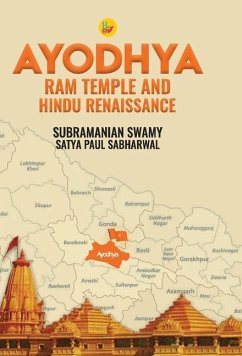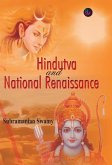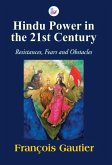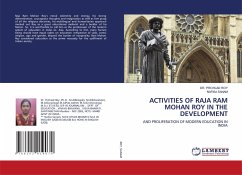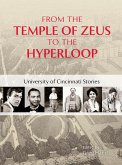The present study concentrates on an understanding of the nature of Hindu Renaissance and the concept of Hindutva in the context of the building of the Grand Temple of Maryada Purushottam Bhagwan Ram at the place where their faith tells them that Lord Ram was born and stresses the their right to have access to pray at the exact same spot. Securing every citizen's right to exercise such faith, belief and worship are enshrined in the Basic Structure of the Constitution and are so stated in its Preamble. The work covers the modern Hindu imperatives read with a modern Hindu mindset and Sanskrit as national link language in de-falsifying Hindu history. The book also follows Dr. Swamy's arguments to build the Grand Ram Temple at Ayodhya and lays down the quintessence of the 2018 Judgment for not referring Ismail Farooqui Case [(1994)VI SCC 360] to a larger Bench, the 40 days' arguments before the Hon'ble Supreme Court followed by the Judgment on 9 November 2019. The faith and belief enshrined in the Preamble read with Articles 25 and 26 of the Constitution of India, having a superseding nature and status when compared to an ordinary right of property must prevail.

